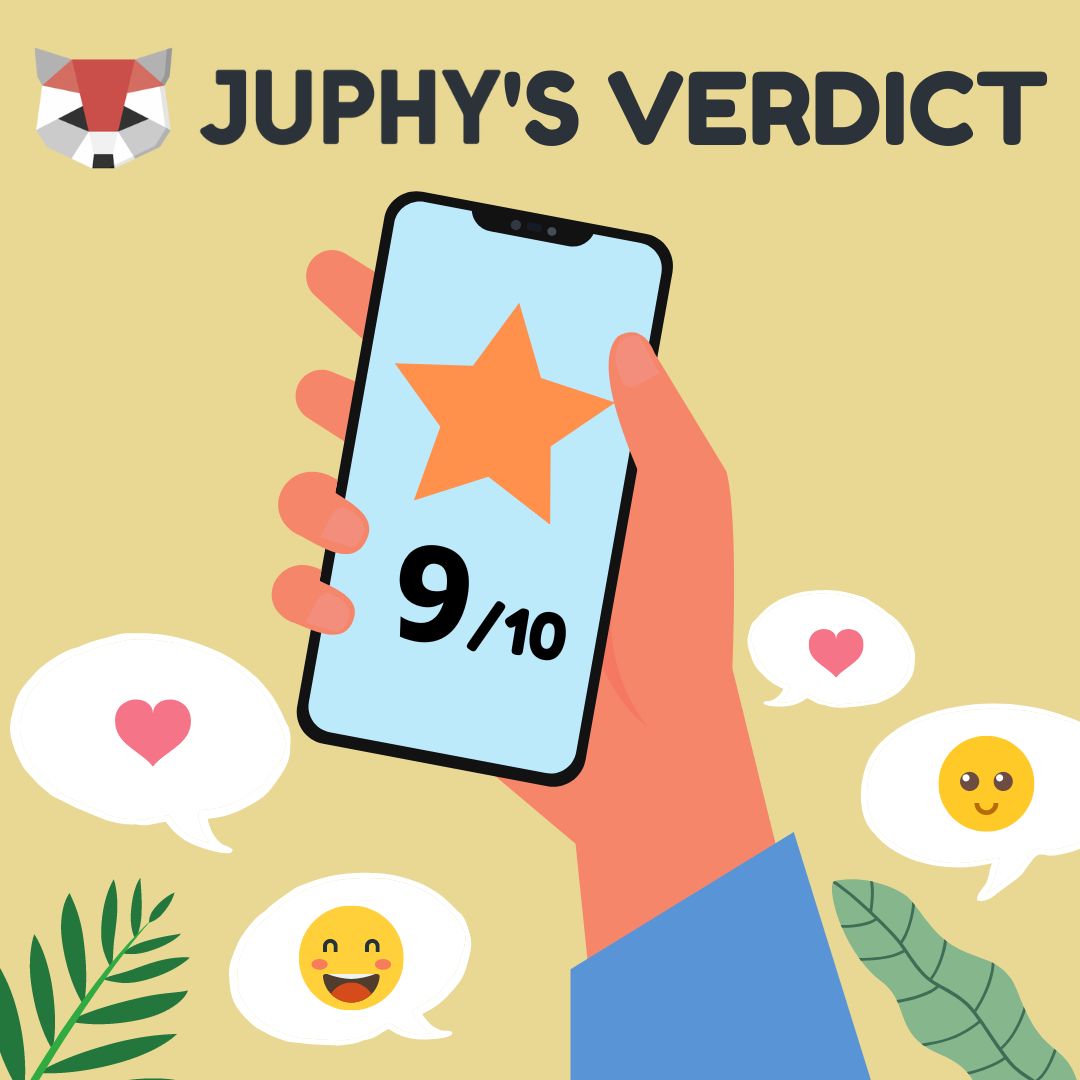Greenpeace’s Social Media Customer Service Performance
İpek Aktaş
Greenpeace is an international environmental protection and environmental activism organization founded in Canada in 1971.
Through peaceful and active protests, campaigns, and scientific research, Greenpeace seeks to raise environmental awareness and find solutions.
Greenpeace has gained worldwide recognition thanks to its peaceful protests and impressive campaigns.
The organization is independent and acts independently of political or economic groups. Greenpeace’s main goal is to ensure that future generations can live safely in a habitable world.
Today, many people are aware of Greenpeace and its activities, largely due to its strong social media presence.
Today, we will review how Greenpeace uses social media to raise awareness and recognition by analyzing its social media presence, accessibility, responsiveness, and style & tone.
Before arriving at a final rate, let’s analyze Greenpeace on social media!

Greenpeace on Social Media
Greenpeace uses social media to interact with people by informing them about their campaigns, environmental problems, and other relevant things.
They maintain an active and dynamic presence across multiple social media networks like Twitter, Instagram, YouTube, Facebook, Linkedin, and Telegram.
Greenpeace’s Mission on Social Media
Their strategic use of these platforms serves several crucial objectives:
Engagement: Greenpeace proactively interacts with its audience, actively responding to comments and messages and posting engaging/informing content. This fosters a sense of community and facilitates meaningful two-way communication with its supporters.
News and Updates: Greenpeace effectively shares its organization’s latest news and updates through its social media accounts. Other than these, they inform people about important environmental issues and ways to diminish/resolve the problems aroused by these.
Promotion: Leveraging these platforms, Greenpeace effectively promotes its organization, mission, and initiatives, increasing visibility and awareness.
The social media engagement strategy is integral to Greenpeace’s comprehensive digital approach, enabling them to connect with a broader audience and cultivate strong relationships with their followers.
Greenpeace uses social media for several aims:
- Public awareness and outreach
- Advocacy and mobilization
- Fundraising
- Amplifying messages
- Engagement and interaction
- Real-time updates
- Monitoring and Research
- Influence on people
Social media is beneficial not only for businesses but also for all types of groups/persons since it plays a great part in social life in this era. As for an organization like Greenpeace, social media holds great power since it can create awareness while monitoring people and influencing decision-makers and other people.
Greenpeace has international main accounts on Twitter, Instagram, and YouTube. They share main events, situations, and global news through these main accounts, as well as important posts from other accounts.
Other than the main global profiles, they have local accounts like Greenpeace UK, which helps get more engagement by posting local problems and mentioning global problems. People living in the UK might feel more engaged in the organization when they see problems that concern the UK and might be encouraged to do something like join the campaigns, participate in the organization, or more.
You can find these local accounts on Twitter, Instagram, and YouTube.
Greenpeace on Twitter

By Tweeting and posting regularly, Greenpeace maintains an active role on social media.

As can be seen in this one, they also tweet information about the good of environmentalist people and show that their (including Greenpeace) efforts are not in vain. The main Greenpeace Twitter profile retweets these important tweets from different local accounts, increasing visibility.
Greenpeace on Instagram

Having these local profiles makes interaction higher as they reach wider audiences with these profiles.
Greenpeace is not a company but a non-profit organization that works for a particular cause. Thus, it might be hard to keep people around it, but this does not seem so hard for Greenpeace.
We will talk about accessibility and responsiveness in a minute, but their social media profiles seem to be active and satisfying for follower and interaction numbers.
Greenpeace on YouTube

YouTube is another important part of Greenpeace’s social media. On YouTube, Greenpeace uploads videos or podcasts regularly, and people can get informed about important environmental issues, global problems, and more.
Just like on other platforms, there are multiple Greenpeace accounts on YouTube, like Greenpeace International, Greenpeace USA, Greenpeace UK, and more.
Greenpeace on GitHub

Greenpeace’s GitHub account also supports the organization’s goal of collaborating with the wider community and raising environmental awareness by enabling the organization to work towards its mission by using technology effectively.
In addition, using open-source software can help promote environmentally friendly projects and create environmental awareness!
In short, Greenpeace has a very active social media presence with daily posts and different accounts aimed at different groups. This presence encourages more people to engage with the organization and even participate in its campaigns or at least follow them on social media.
Greenpeace’s Accessibility on Social Media
Greenpeace has a cause, saving the environment, and an audience with the same intentions.
Greenpeace and its supporters work well together. For this reason, most comments are from people agreeing with them or sharing their anger about a situation.
Like any large organization, they often get questions, need to explain something or find mistakes in their content.
But Greenpeace doesn’t just ignore these comments. Instead, they work hard to respond to them. Every once in a while, they take the time to reply, showing that they are committed to open communication and transparency.
And they are fast!
Their ease of access is especially clear on Instagram. In this case, not only do they respond quickly, but the conversation is also particularly interesting.
When they do decide to answer, they do it quickly to show how much they care about their online community.
Also, you can feel the friendship between the different Greenpeace profiles. They talk to each other a lot, which gives them a sense of unity and teamwork that says a lot about how they work together.

When you switch to platforms like Twitter and YouTube, how you talk to people is slightly different.
Most of the time, these platforms have more likes, retweets, and video shares than direct replies or mentions.
This isn’t just something that Greenpeace does. Because of how these platforms work, many users choose to share content or voice their opinions without necessarily wanting a direct response.
For people with specific questions or concerns, it’s important to know that Greenpeace is present and active on these platforms, but for more in-depth questions, it might be better to contact them directly through phone or email.
Greenpeace’s overall approach to making social media easy to use shows how much they care about their cause and their audience.
They combine modern digital engagement with traditional responsiveness in a way that makes them easy to reach and keeps them at the forefront of the conversation about the environment.
Greenpeace’s Response Time on Social Media
In a time when speed is valued, as we mentioned earlier, Greenpeace stands out not only because it cares about the environment but also because they are quick to respond to its online community.
Their quick response rate is especially impressive, given how many interactions they have to handle.

Their response time is very fast on all of their social media platforms, especially Instagram and Twitter.

Greenpeace usually responds to questions, comments, or requests for more information within 1-2 hours. Large organizations rarely move this quickly, which shows how important it is to them to talk directly with their supporters and followers.
This speed doesn’t just answer questions. It shows that they value their audience’s time and how much they want to build a sense of community.
A quick response can turn a casual commenter into a loyal supporter or convince a skeptic that Greenpeace’s mission is real.
Also, the speed with which they respond shows how important urgency, dedication, and a constant drive for change are to them as an organization. This quickness is even more important in the context of their mission, where time often means important effects on the environment.
So, Greenpeace’s quick responses on social media show how much they care about their cause and their followers. They know that being involved at the right time in the digital age shows honesty, commitment, and realness.
Greenpeace’s Style & Tone on Social Media
Greenpeace stands out for its unique style and tone in the vast world of social media, where organizations try to find their own voice.
Their messages are both passionate and urgent, which is why they get people’s attention 90% of the time.
This excitement is not just for show. It shows how much they care about the environmental causes they fight for.

Their frequent use of positive and encouraging words in their posts is particularly noticeable.
This isn’t a random choice; it’s a well-thought-out plan.
Whether they’re telling success stories or asking people to do something, they frame their messages in a way that motivates and inspires. Instead of just showing bad situations or a lot of statistics, they make sure their audience feels like they can make a difference.

Their tone is transparent since their biggest aim is to raise awareness and show how urgent some situations are. They want people to know the importance of certain issues, so they use this direct and factual language.
They never give up on being honest.
The group knows that if they want people to really support their cause, they need to be honest and straightforward.
After all, their main goal isn’t just to get likes or shares. It’s to raise real awareness. They want everyone to understand how urgent some environmental crises are. By using clear, factual language, they paint a clear picture of what’s going on without making it sound better than it is.

When we look at Greenpeace’s style and tone on social media, we find a good mix of passion, urgency, positivity, and openness.
They know how to talk about serious and often scary issues in a way that educates, motivates, and gets people to take action.
They continue to inspire millions of people around the world to stand up for our planet with their unique voices.
Final Verdict
Let’s see their performance in brief!
***These ratings are based on our research and reflect only our own opinions.
Accessibility – 8/10
They don’t respond to every comment, but they are doing their best!
Response Time – 10/10
Not all comments get a response, but when they do, the reply comes within 1-2 hours.
Tone of Voice – 10/10
Their tone is very familiar and mostly urgent.
Engagement – 9/10
Greenpeace’s posts are engaging in a way that people comment and reply to the comments of others.
Overall, social media has become a powerful and essential tool for Greenpeace to communicate, engage, and drive change in its mission to protect the environment and promote ecological sustainability.


